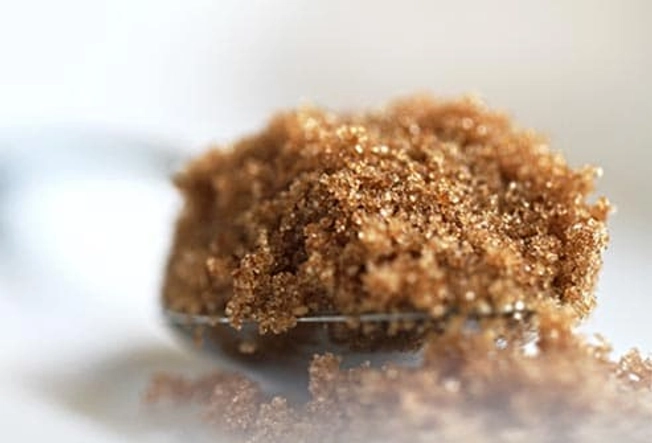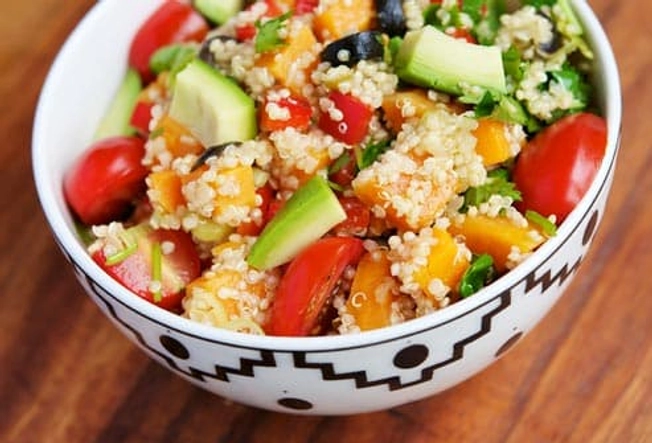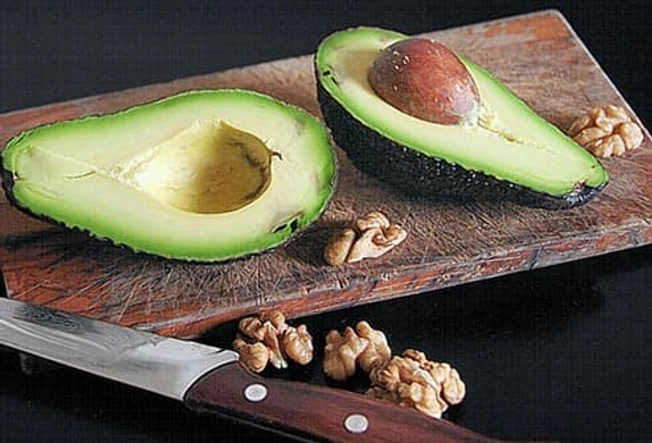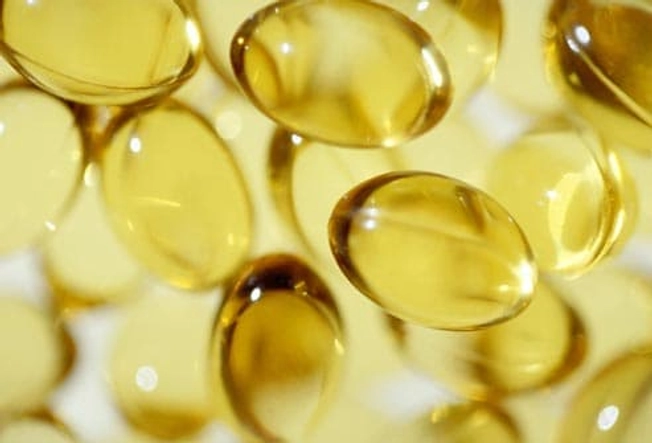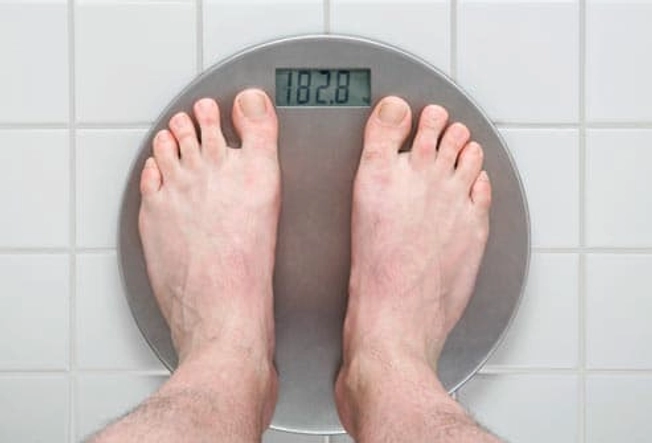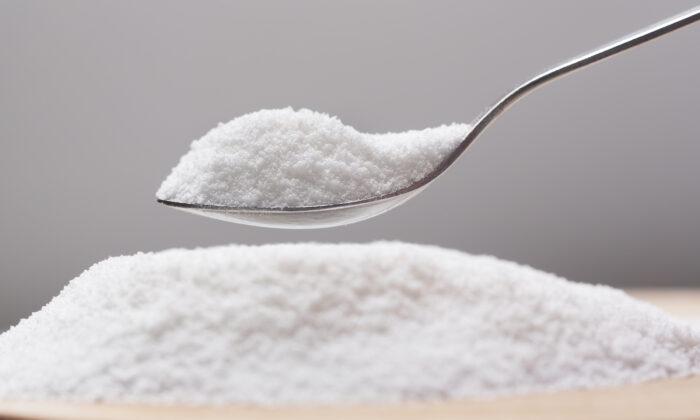Lemons are a citrus fruit that people often use in traditional remedies because of their health benefits. Like other citrus fruits, they contain vitamin C and other antioxidants.
Antioxidants are essential for human health. These compounds mop up free radicals in the body that can damage the body’s cells and lead to diseases, such as cancers.
Researchers believeTrusted Source that the flavonoids in lemon and other citrus fruits have antibacterial, anticancer, and antidiabetic properties.
Citrus fruits, including lemons, contain active components called phytochemicals that benefit health. These include:
The juice from one 48 g lemon containsTrusted Source the following nutrients in grams (g) or milligrams (mg):
- 10.6 calories
- 3.31 g carbohydrate
- 49.4 mg potassium
- 18.6 mg vitamin C
- 2.88 mg calcium
- 0.1 g of fiber
Lemons also contain thiamin, riboflavin, niacin, vitamin B-6, folate, and vitamin A.
Read more about the health benefits of lemons and lemon water.
How to eat lemons
Use the juice of a lemon to flavor drinking water or squeeze over a salad or fish.
Try adding lemon juice to boiling water with a teaspoon of honey to help soothe a sore throat.
It is also possible to eat the rind of organic lemons. Some people use the rind in recipes.
Strawberries are a juicy red fruit with a high water content. The seeds provide plenty of dietary fiber per serving. Strawberries contain many healthful vitamins and minerals.
Of particular note, they contain anthocyanins, which are flavonoids that can help boost heart health. The fiber and potassium in strawberries can also support a healthy heart.
In one studyTrusted Source, people assigned female at birth who ate 3 or more servings per week of strawberries and blueberries — which are both known for their high anthocyanin content — had a lower risk of having a heart attack than those with a lower intake.
Strawberries and other colorful berries also contain a flavonoid called quercetin. This is a natural anti-inflammatory compound.
One cup, or 150 g, of strawberries provides the following nutrientsTrusted Source:
- 48 calories
- 11.5 g carbohydrate
- 3 g of fiber
- 24 mg of calcium
- 19.5 mg of magnesium
- 230 mg of potassium
- 88.2 mg of vitamin C
Strawberries also contain thiamin, riboflavin, niacin, folate, and vitamins B-6, A and K.
Learn more about strawberries.
How to eat strawberries
Strawberries are a versatile fruit. People can eat them raw or add them to breakfast cereals or yogurt, blend them into a smoothie, or make them into jam.
Nutrition resources
For more science-backed resources on nutrition, visit our dedicated hub.
Was this helpful?
Oranges are a sweet, round citrus fruit packed with vitamins and minerals.
Oranges are among the richest sources of vitamin C, with one medium fruit providing 78%Trusted Source of a person’s daily value of vitamin C.
A 140 g orange also contains the following nutrientsTrusted Source:
- around 65 calories
- 16.5 g carbohydrate
- 2.8 g of fiber
- 60.2 mg of calcium
- 15 mg of magnesium
- 232 mg of potassium
- 82.7 mg of vitamin C
Vitamin C acts as a powerful antioxidant in the body. This vitamin is also essential for immune system function. It boosts immune function by helping the body to absorb iron from plant-based foods.
The human body cannot make vitamin C itself, so people need to get this vitamin from their diet. Oranges also contain high levels of pectin, which is a fiber that can keep the colon healthy by binding to chemicals that can cause cancer and removing them from the colon.
Oranges also provide the following healthful vitamins:
- vitamin A, a compound that is important for healthy skin and eyesight
- B vitamins, including thiamin and folate, which help keep the nervous and reproductive systems healthy and help create red blood cells.
Learn more about the benefits of oranges.
How to eat oranges
People can eat oranges on their own as a refreshing snack or by drinking a glass of pure orange juice. Juice oranges at home or choose a brand of fresh juice whose label states it is not from concentrate.
People can also grate orange peel into a salad or yogurt, or as a cereal topping to add extra flavor.
Limes are a sour citrus fruit that provides a range of health benefits.
Like other citrus fruits, limes provide a healthful dose of vitamin C. They also have similar health benefits, including antibacterial and antioxidant properties.
The juice of one lime provides the following nutrientsTrusted Source:
- 11 calories
- 3.7 g carbohydrate
- 6.16 g calcium
- 3.52 mg magnesium
- 51.5 mg potassium
- 13.2 mg vitamin C
Read more about the benefits of limes and lime water.
How to eat limes
Limes work well in savory foods. Try adding the juice or grated peel of a lime to flavor salad dressings or rice dishes. Otherwise, juice a lime and add to hot or cold water for a refreshing drink.
Grapefruits are sour fruits full of health-inducing vitamins and minerals. Grapefruits can be pink, red, or white.
Half a grapefruit (154 g) contains the following nutrientsTrusted Source:
- 64.7 calories
- 164 g carbohydrate
- 2.46 g fiber
- 33.9 g calcium
- 13.9 g magnesium
- 208 g potassium
- 48 g vitamin C
The flavonoids in grapefruits can help protect against some cancers, inflammation, and obesity.
A review study suggests the compounds called furanocoumarins found in grapefruits can help protect against oxidative stress and tumors, and they may support healthy bones.
Some research from this review suggests that grapefruit furanocoumarins may have anticancer properties, which may be especially effective against breast cancer, skin cancer, and leukemia. However, researchers still need to carry out more studies to confirm these properties.
People may wish to contact a doctor before adding grapefruit to their diet, as it can interact with certain medications.
Learn more about grapefruit benefits.
How to eat grapefruit
Try adding grapefruit slices to a fruit salad, or squeeze the juice into water to make a drink.
People can also buy pure grapefruit juice from the supermarket.
Like other berries, blackberries contain health-boosting anthocyanins.
Blackberries contain many seeds, so they have a high fiber content. This means they can help improve gut health and heart health.
Half a cup cup (75 g) of blackberries contains the following nutrientsTrusted Source:
- 32.2 calories
- 7.21 g carbohydrate
- 3.98 g fiber
- 21.8 mg calcium
- 15 mg magnesium
- 122 mg potassium
- 15.8 mg vitamin C
Learn more about blackberries.
How to eat blackberries
People can eat blackberries fresh, add them to yogurt for breakfast or dessert, or add frozen blackberries to smoothies.
Apples make a quick and easy addition to the diet. Eat them with the skin on for the greatest health benefits.
Apples are high fiber fruits, meaning that eating them could boost heart health and promote weight loss. The pectin in apples helps to maintain good gut health.
Research has shown that there is a link between eating apples regularly and a lower risk of cardiovascular disease, certain cancers, and diabetes.
Apples also have high levels of quercetin, a flavonoid that may have anti-cancer properties.
One study found that people who ate whole apples were 30%Trusted Source less likely to have obesity than those who did not. This can help lower the risk of diabetes and heart disease.
One medium apple with the skin contains the following nutrientsTrusted Source:
- 94.6 calories
- 25.1 g of carbohydrate
- 4.37 g of fiber
- 195 mg of potassium
- 10.9 mg calcium
- 8.37 mg vitamin C
Learn more about apples.
How to eat apples
Raw apples make a great snack, and combining them with almond butter helps balance protein and fat intake.
People can also add raw or stewed apples to yogurt, or use applesauce in cooking.
Some people consider pomegranates to be a ‘superfood.’ They are high in antioxidants and polyphenols, which help to combat the oxidative stress that can cause disease in the body.
A review study about the health benefits of pomegranates suggests that they have anti-inflammatory effects and may help protect against brain-related diseases, such as Alzheimer’s disease and Parkinson’s disease. This may be because pomegranates contain particularly high levels of polyphenols.
Research discussed in this review also suggests that pomegranates may restrict the growth of human prostate cancer cells.
One raw pomegranate (282 g) contains the following nutrientsTrusted Source:
- 234 calories
- 52.7 g of carbohydrate
- 11.3 g of fiber
- 666 mg of potassium
- 28.2 mg calcium
- 28.8 mg vitamin C
One pomegranate also contains 46.2 micrograms (mcg) of vitamin K. This vitamin is essential for strong bones and healthy blood cells.
Learn more about the benefits of pomegranate juice.
How to eat pomegranate
Pomegranates can make a great addition to salads, or to couscous or rice dishes.
Pomegranates are sweet, so people can also add them to yogurt and fruit salads.
Pineapple is an exotic fruit that may helpTrusted Source reduce inflammation and promote healthy bowel movements.
Pineapple contains an active compound called bromelain, which many people take as a dietary supplement because of its potential health benefits.
The National Center for Complementary and Integrative HealthTrusted Source states that bromelain may help with reducing nasal inflammation or sinusitis, though more research is necessary.
Pineapples aTrusted SourcelTrusted SourcesTrusted SourceoTrusted SourceTrusted SourcecontainTrusted Source manganese, which the body uses to build bone and tissue.
A slice of pineapple (166 g) contains the following nutrientsTrusted Source:
- 83 calories
- 21.7 g carbohydrate
- 2.32 g fiber
- 181 mg potassium
- 79.3 mg vitamin C
- 21.6 mg calcium
- 1.54 mg manganese
Read more about the benefits of pineapple and pineapple juice.
How to eat pineapple
People can enjoy fresh pineapple by itself or in fruit salads. They can also use pineapple to make tropical salsa or add it as a topping on fish tacos.
Try adding frozen pineapple to smoothies.
Bananas are well known for their high potassium content. One banana (126 g) containsTrusted Source around 451 mg of potassium. Potassium helpsTrusted Source the body control blood pressure.
Bananas are also a good source of energy, with one banana containing 112 calories and 28.8 g of carbohydrate.
The 3.28 g of fiber in a banana can also help with regular bowel movements.
One banana also contains the following nutrients:
- 1.37 g protein
- 6.3 mg calcium
- 34 mg magnesium
- 11 mg vitamin C
Learn more about bananas.
How to eat bananas
A banana is an excellent fruit to use to thicken a smoothie. People can also use them in baking as a natural sweetener or to make banana bread or pancakes.
Some people refer to avocados as a superfood because of their healthful qualities.
Avocados are rich in oleic acid, a monounsaturated fat. Monosaturated fats can help lower cholesterol levels. The American Heart AssociationTrusted Source notes that maintaining healthy cholesterol levels with healthful fats could reduce the risk of heart disease and stroke.
Like bananas, avocados are rich in potassium. They also contain lutein, an antioxidant that is importantTrusted Source for healthy eyes and skin.
One avocado (201 g) contains the following nutrientsTrusted Source:
- 322 calories
- 4.02 g protein
- 17.1 g carbohydrate
- 13.5 g fiber
- 24.1 mg calcium
- 58.3 mg magnesium
- 975 mg potassium
- 20.1 mg vitamin C
Avocados also contain folate, vitamin A, and beta-carotene.
Learn more about avocados.
How to eat avocado
People can add avocado to salads, or mix with lime, garlic, and tomatoes to make guacamole.
Add avocado to smoothies or hummus, or use avocado instead of other fats in baking.
Blueberries can provide many health benefits.
Like strawberries, blueberries contain anthocyanin, which is a powerful antioxidant. Because of this, they might protect against heart disease, stroke, cancers, and other conditions.
Blueberries also containTrusted Source pterostilbene, a compound that may help prevent plaque from collecting in the arteries.
Half a cup of blueberries (75 g) provides the following nutrientsTrusted Source:
- 42.8 calories
- 10.9 g carbohydrate
- 1.8 g fiber
- 4.5 mg calcium
- 57.8 mg potassium
- 7.28 mg vitamin C
Learn more about blueberries.
How to eat blueberries
Fresh or frozen blueberries are a great addition to breakfast cereals, desserts, yogurt, or smoothies.
What is the healthiest fruit in the world?
Berries are among the healthiest fruits to eat. They have high antioxidant levels, averaging nearly 10 times the antioxidants of other fruits and vegetables.
Berries have many health benefits. Research findings suggest eating berries regularly can:
What fruits are extremely healthy?
All fruits have health benefits, but people should eat a wide variety of fruits and vegetables to gain the most benefit. The colors in fruits and vegetables reflect their phytonutrient or antioxidant content. Eating a rainbow-colored selection will ensure people get the full spectrum of antioxidants.
Examples of phytonutrients and the fruits containing them are as follows:
- Beta-carotene: Mango, papaya, cantaloupe, apricots
- Lycopene: Pink grapefruit, watermelon, guava, avocado
- Anthocyanidins: Blueberries, strawberries, plums, cranberries
Different fruits have different health benefits. For the best results, add a variety of fruits to the diet.
By eating fruit, a person is providing their body with key vitamins, antioxidants, and dietary fiber. This can have significant benefits for heart health, digestion, weight management, and skin health.
People can enjoy a wide variety of fruits to improve their health and lower the risk of inflammation, heart disease, cancer, obesity, and diabetes.
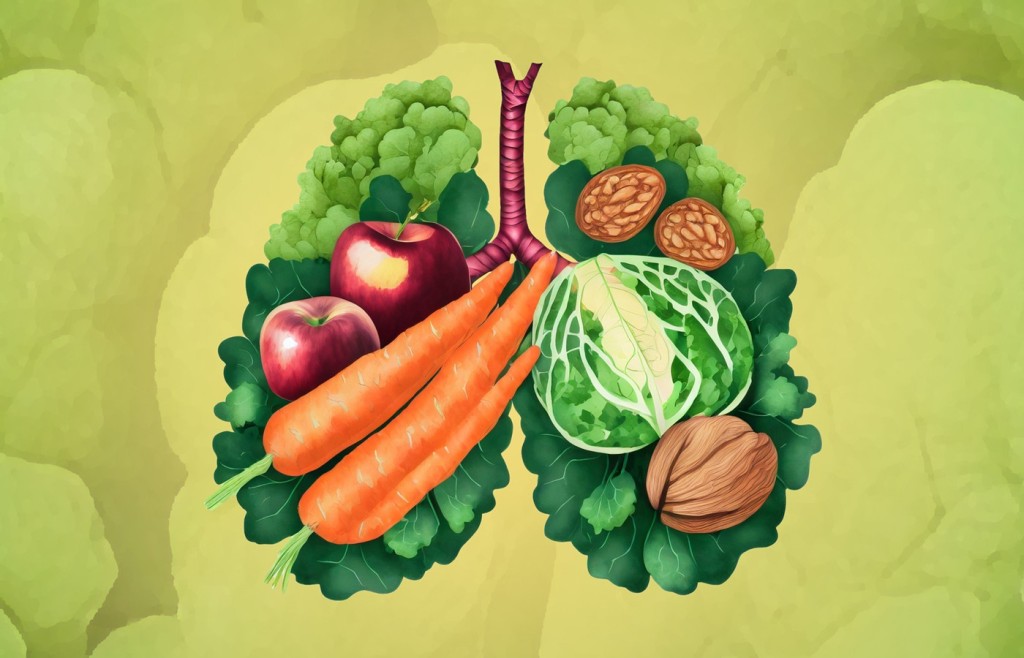



 When you sauté meat or vegetables on a stovetop, they soak up any butter or oil they’re cooked in, which adds more calories.”>
When you sauté meat or vegetables on a stovetop, they soak up any butter or oil they’re cooked in, which adds more calories.”>















